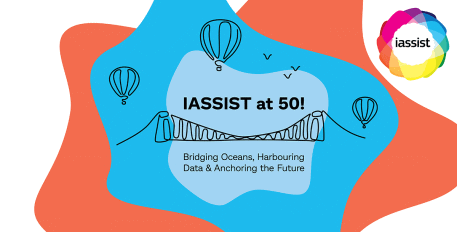“The breadcrumbs we leave behind when using our mobile phones—who somebody calls, for how long, and from where—contain unprecedented insights about us and our societies. Researchers have compared the recent availability of large-scale behavioral datasets, such as the ones generated by mobile phones, to the invention of the microscope, giving rise to the new field of computational social science.
With mobile phone penetration rates reaching 90%1 and under-resourced national statistical agencies2, the data generated by our phones—traditional Call Detail Records (CDR) but also high-frequency x-Detail Record (xDR)—have the potential to become a primary data source to tackle crucial humanitarian questions in low- and middle-income countries. For instance, they have already been used to monitor population displacement after disasters3, to provide real-time traffic information, and to improve our understanding of the dynamics of infectious diseases4. These data are also used by governmental and industry practitioners in high-income countries. […]”
de Montjoye, Y.-A. et al. On the privacy-conscientious use of mobile phone data. Sci. Data. 5:180286 doi: 10.1038/sdata.2018.286 (2018).
Article available here : https://doi.org/10.1038/sdata.2018.286
This article is licensed under a Creative Commons Attribution 4.0 International License : http://creativecommons.org/licenses/by/4.0/






